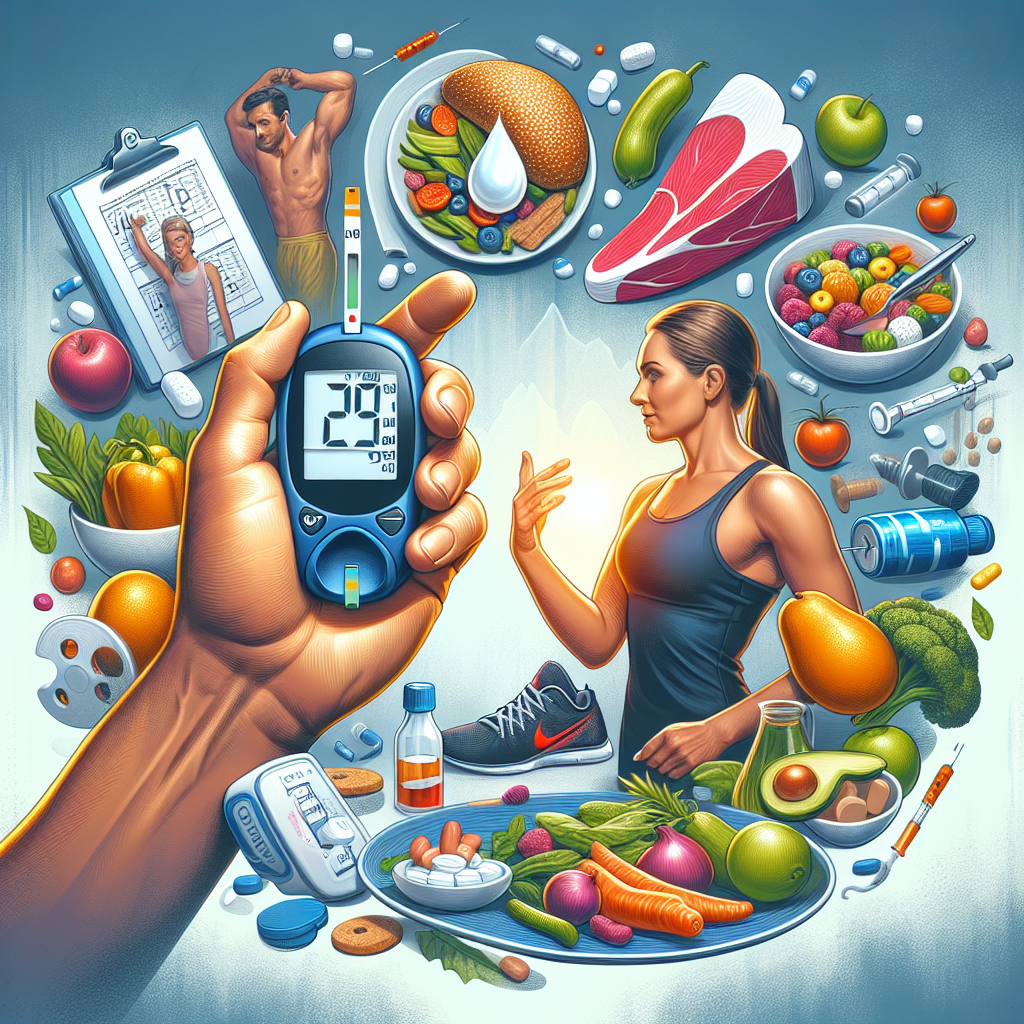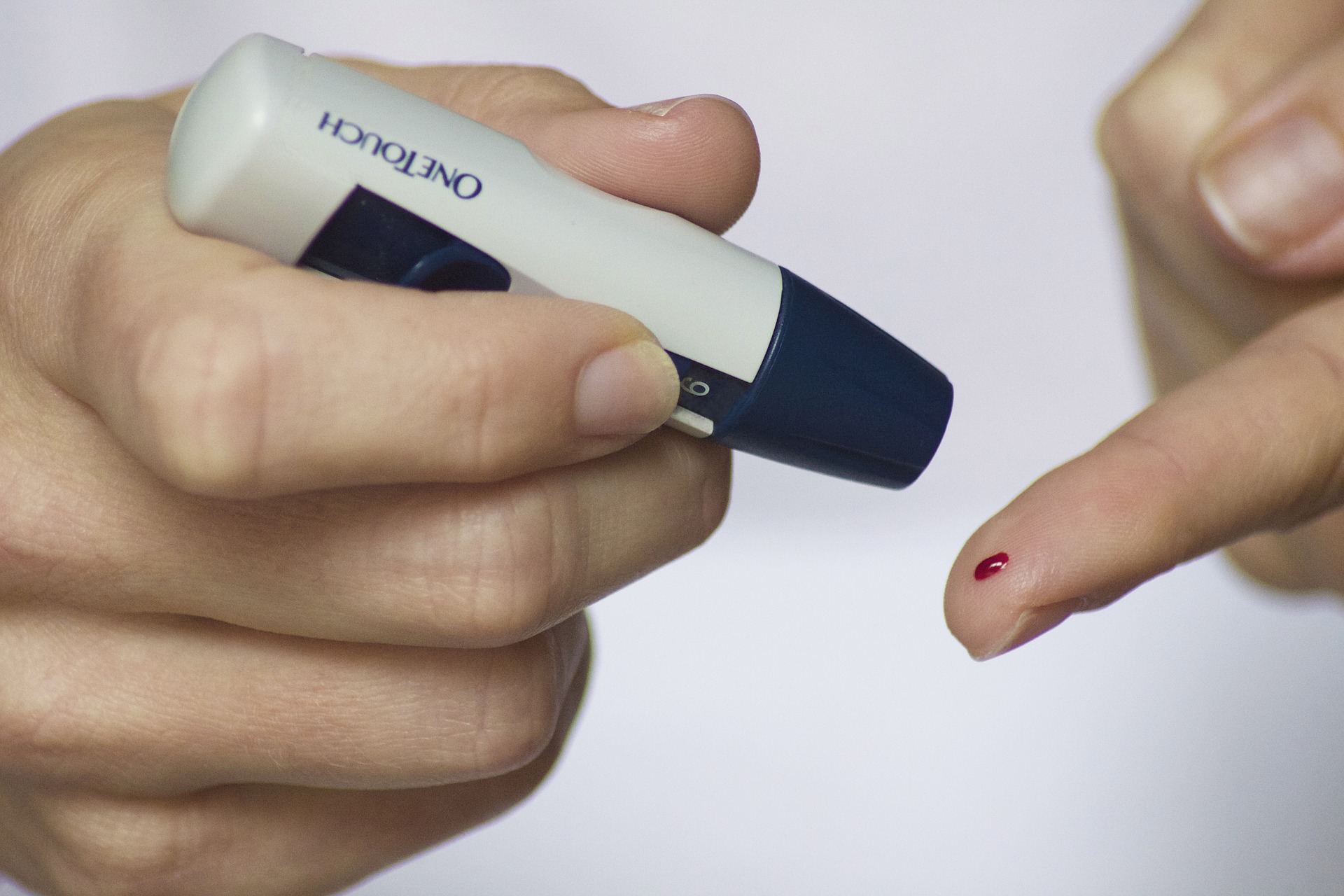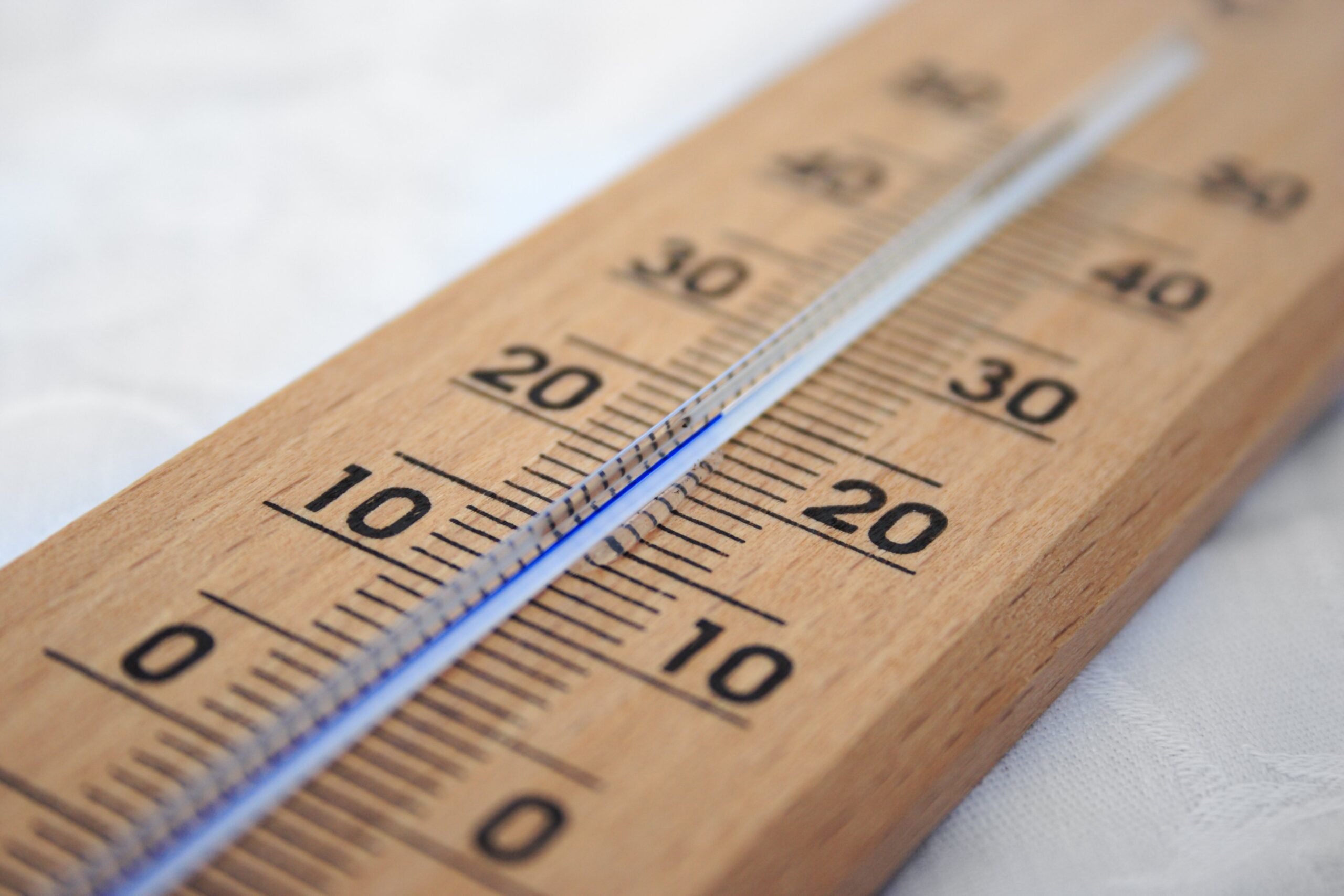
Key Takeaways
-
Understanding what a sugar spike is and how to manage it is crucial for people with diabetes.
-
Hydrotherapy can be an effective tool to help balance blood glucose levels.
-
Starting a hydrotherapy routine should be done under the guidance of a healthcare professional.
-
Drinking plenty of water and monitoring blood sugar levels is essential, especially in hot weather.
-
Hydrotherapy is not a replacement for diabetes medication but can complement diabetes management.
What Exactly Is a Sugar Spike?
Imagine you’re on a roller coaster. You go up, up, up, and then suddenly, you drop. That’s similar to what happens in your body when you have a sugar spike. A sugar spike occurs when your blood glucose levels shoot up quickly. This can leave you feeling tired, thirsty, and even a bit irritable. Now, if you have diabetes, these spikes can be more than just uncomfortable—they can be harmful to your health if not managed properly.
Understanding Blood Glucose Fluctuations

Your body’s normal response to eating is to produce insulin, which helps to manage the sugar from your food. For those with diabetes, this process doesn’t work as it should, which can lead to those high peaks in blood sugar, or sugar spikes. These can happen after eating, especially if you’ve had a meal high in carbohydrates or sugar.
But why should you care? Because over time, if these spikes happen too often, they can lead to serious complications like heart disease or kidney damage. That’s why understanding how to manage them is essential.
The Impact of Uncontrolled Blood Sugars
Uncontrolled blood sugars can be like an uninvited guest that keeps causing trouble in your house. They can damage your blood vessels and nerves, and that’s just the start. High blood sugar levels over time can lead to eye problems, infections, and even slow healing wounds. Therefore, keeping your blood sugar levels steady is like keeping that troublemaker out of your house.
The Intersection of Hydrotherapy and Blood Sugar Control
Now, let’s talk about hydrotherapy. It might sound fancy, but it’s really just using water to treat various conditions. And guess what? It can be a big help in balancing blood sugar levels. Hydrotherapy uses the properties of water—such as temperature and pressure—to stimulate blood circulation and relieve stress. And when your body is less stressed, it can manage blood sugar better.
Defining Hydrotherapy
Hydrotherapy includes a range of methods, like warm baths, cold showers, or even swimming. These treatments can help improve blood flow and reduce inflammation, which in turn can help your body regulate blood sugar levels more effectively.
Scientific Evidence Linking Hydrotherapy to Sugar Balance
Research shows that certain hydrotherapy techniques can lower blood sugar levels. For instance, a study found that soaking in a hot tub for 30 minutes, six days a week, helped reduce blood sugar levels in people with type 2 diabetes. It’s believed that the heat helps improve blood flow and reduce stress, which can help your body manage glucose better.
Hydrotherapy Techniques to Steady Glucose Levels
So, how exactly can you use hydrotherapy to manage those pesky sugar spikes? Let’s dive in.
Using Water Temperature as a Tool

Water temperature can have different effects on your body. Warm water can relax your muscles and increase blood flow, while cold water can invigorate and stimulate your immune system. Alternating between hot and cold water can create a “pumping” action in your blood vessels, helping to improve circulation. And good circulation is important because it helps your body use insulin more effectively.
Most importantly, remember to start slowly and consult with your healthcare provider before beginning any new treatment, especially if you have diabetes. They can help you understand how to incorporate hydrotherapy into your routine safely.
The Role of Hydrotherapy Routines
Establishing a routine is key when it comes to hydrotherapy. Consistency can enhance the benefits, just like any other aspect of diabetes management. Whether it’s a daily warm shower or a twice-weekly swim, making it a regular part of your life can help manage those blood sugar levels. But remember, the routine should be tailored to your individual needs and capabilities. It’s not one-size-fits-all.
Hydrotherapy at Home vs. Professional Settings
You might be wondering if you need to visit a spa or a clinic to get the benefits of hydrotherapy. The good news is that you can practice many forms of hydrotherapy at home, like taking a warm bath or even just using a hot water bottle. However, professional settings might offer more specialized treatments like high-pressure water jets or mineral baths that can enhance the therapeutic effects.
Real-Life Success: Stories of Hydrotherapy Impacting Diabetes
There are countless stories of individuals who have turned to hydrotherapy as a part of their diabetes management plan and have seen remarkable results. From reduced blood sugar levels to improved overall well-being, the impact can be significant.
Case Study Highlights
One such case involved a middle-aged woman with type 2 diabetes who began using a combination of hot and cold hydrotherapy treatments. Over the course of six months, not only did her blood sugar levels stabilize, but she also reported increased energy levels and a decrease in her need for insulin.
Personal Accounts and Testimonials
Another individual, a man in his early sixties, incorporated swimming into his weekly routine. He noticed that on the days he swam, his blood glucose levels were more stable. He also found that the exercise, combined with the hydrotherapeutic effects of the water, helped him manage his weight, a key factor in diabetes control.
Implementing Hydrotherapy Into Your Lifestyle
Integrating hydrotherapy into your lifestyle doesn’t have to be complicated. Start with what you’re comfortable with and what’s accessible to you. If you have a bathtub at home, try a warm bath with Epsom salts. If you prefer something more active, swimming at your local pool could be a great option.
Starting a Safe Hydrotherapy Practice
Before diving into hydrotherapy, it’s important to ensure you’re doing it safely. If you’re new to hydrotherapy, start with shorter sessions and lower temperatures. Gradually build up as your body becomes accustomed to the treatment. Always listen to your body—if something doesn’t feel right, don’t push it.
Here are some steps to start your hydrotherapy safely:
-
Consult with your healthcare provider before starting any new therapy.
-
Begin with moderate temperatures to avoid shocking your system.
-
Stay hydrated before and after hydrotherapy sessions.
-
Monitor your blood sugar levels closely to see how your body responds.
-
If you’re using a public pool or spa, check for cleanliness and proper maintenance to avoid infections.
Hydrotherapy should be enjoyable and relaxing—not another source of stress. So, make sure you’re comfortable and enjoying the process.
Working with Healthcare Professionals
Collaborating with healthcare professionals can help you tailor your hydrotherapy routine to your specific needs. They can offer advice on the best practices and precautions to take, especially if you have any diabetes-related complications like neuropathy or skin conditions. It’s always better to be safe and informed.
Monitoring Your Results
Just like any part of diabetes management, monitoring is crucial. Keep a log of your blood sugar levels before and after hydrotherapy sessions. This data can help you and your healthcare team understand the effects and make any necessary adjustments to your treatment plan.
Tips for Avoiding Dehydration and Managing Diabetes in Heat
Dehydration and diabetes can be a dangerous duo, particularly in the heat. When it’s hot, you sweat more, which can lead to dehydration. And if you’re dehydrated, your blood sugar levels can rise. So, it’s a balancing act to stay hydrated and keep your blood sugar in check.
Here are some tips to help you manage:
-
Drink plenty of water throughout the day, not just when you’re thirsty.
-
Avoid sugary drinks that can cause blood sugar levels to spike.
-
Wear light, breathable clothing to help keep cool and reduce sweating.
-
Check your blood sugar levels more frequently in hot weather.
-
Plan outdoor activities for cooler parts of the day, like early morning or evening.
By following these tips, you can enjoy the warm weather without compromising your diabetes management.
Recognizing and Preventing Heat Stress
When you’re managing diabetes, it’s crucial to be aware of heat stress, especially during hydrotherapy or on hot days. Heat stress occurs when your body can’t cool itself effectively, which can be dangerous for anyone, but it’s especially risky if you have diabetes because it can affect your blood sugar control. To prevent heat stress, always stay hydrated, take breaks in a cool place, and listen to your body’s signals. If you feel dizzy, weak, or nauseous, it’s time to cool down and hydrate.
Managing blood sugar is a delicate process for individuals with diabetes. Hydrotherapy has been suggested as a potential aid in this balancing act, though it’s important to consult with a healthcare provider before starting any new treatment.


